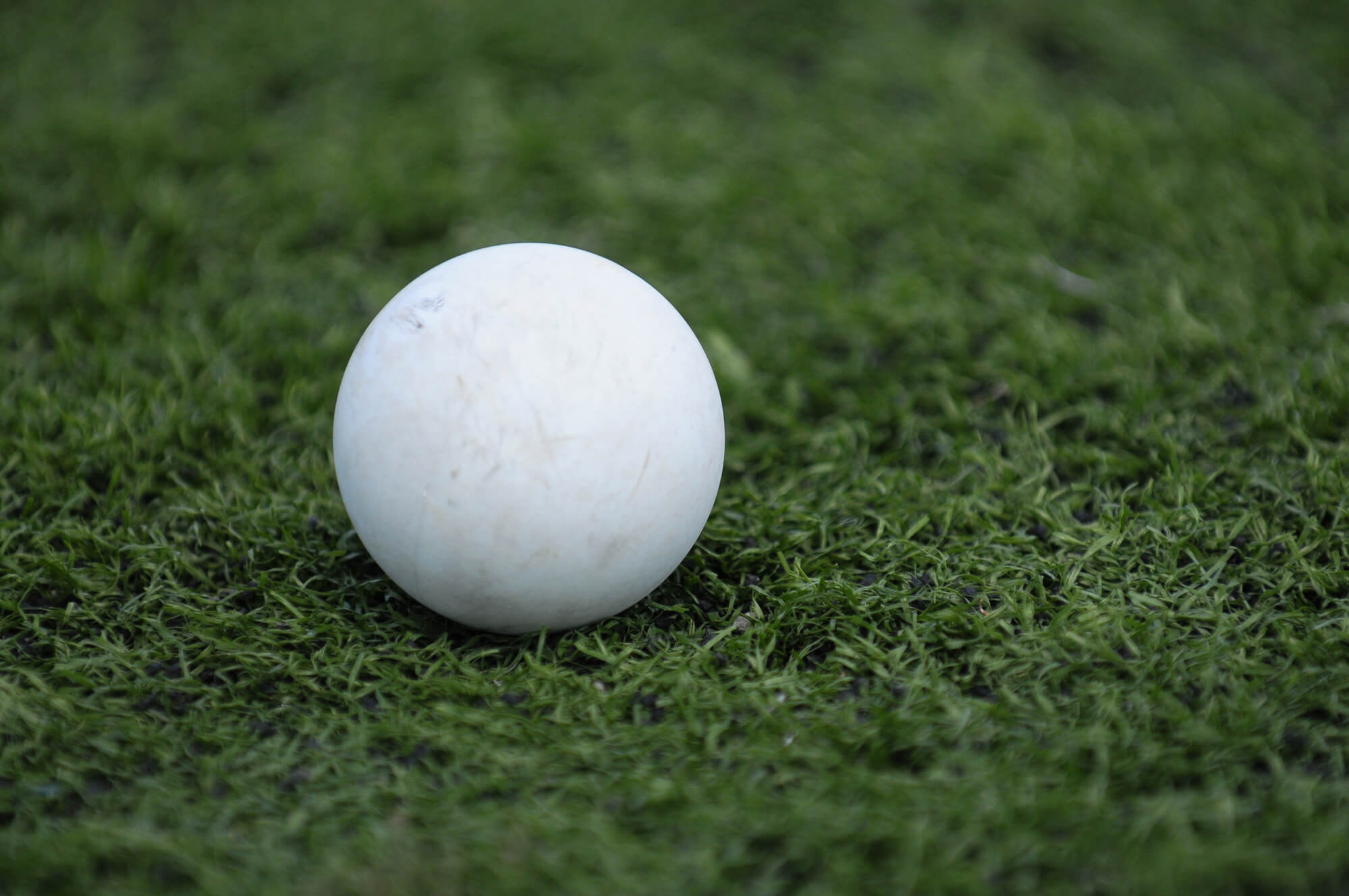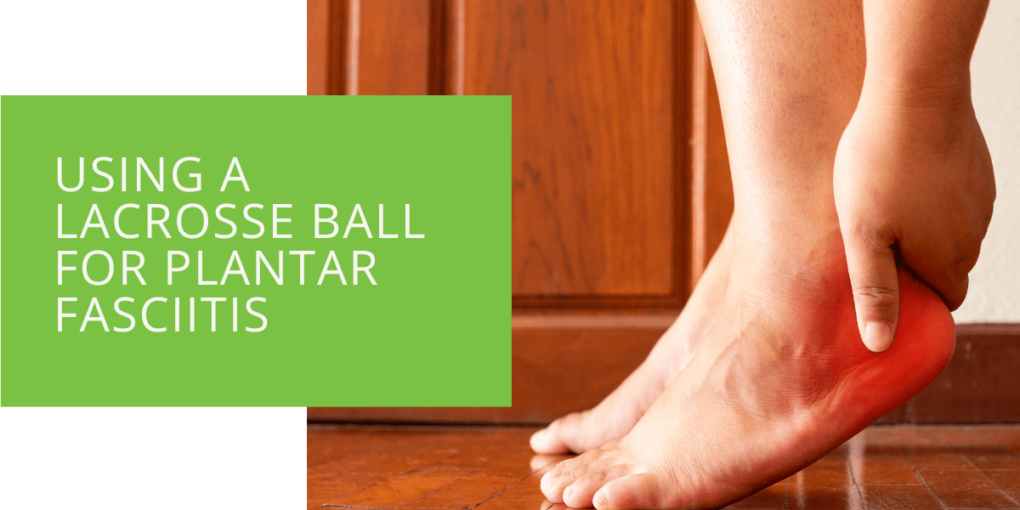Using a Lacrosse Ball for Plantar Fasciitis
Are you tired of dealing with foot pain caused by plantar fasciitis? Seeking an affordable and convenient self-treatment option? Look no further than a simple lacrosse ball. In this article, we'll explore how using a lacrosse ball can help alleviate plantar fasciitis symptoms and provide you with effective techniques to manage your foot pain at home.
Understanding Plantar Fasciitis
Before diving into the benefits of using a lacrosse ball, let's take a moment to understand what plantar fasciitis is and why it causes such discomfort. Plantar fasciitis is characterized by inflammation of the plantar fascia, a thick band of tissue connecting the heel bone to the toes. This inflammation results in sharp pain in the heel and arch of the foot, especially during the first steps in the morning or after long rest periods.
Benefits of Using a Lacrosse Ball
A lacrosse ball is an excellent tool for the self-treatment of plantar fasciitis due to its affordability and accessibility. Unlike specialized tools that can be costly, a lacrosse ball is readily available at sports stores or online at an affordable price. Furthermore, its small size, and firm texture make it ideal for targeting trigger points and relieving tension in the plantar fascia and surrounding muscles.
How to Use a Lacrosse Ball for Plantar Fasciitis
Now that we understand the benefits, let's delve into the step-by-step process of using a lacrosse ball to treat plantar fasciitis effectively:
Step 1: Preparation
Before beginning the self-treatment session, gather the necessary items: a lacrosse ball, a sturdy chair or wall for support, and a towel or mat for added comfort. Ensure you are in a clean and controlled environment to focus on the treatment effectively. Additionally, it's essential to take safety precautions and avoid applying excessive pressure or causing discomfort during the session.
Step 2: Warm-Up Exercises
Start by performing warm-up exercises to prepare the foot and lower leg muscles. These exercises aim to improve circulation, flexibility, and range of motion. Consider incorporating gentle stretches, toe curls, and ankle rotations into your warm-up routine. Spend a few minutes on these exercises to properly warm the muscles before proceeding to the next step.
Step 3: Rolling Technique
Place the lacrosse ball on the floor and position your foot on top of it, targeting the affected areas. Start with light pressure and slowly roll the ball back and forth along the length of your foot, from the heel to the ball of the foot. Pay particular attention to the arch, as it is a common area of tightness and tension in plantar fasciitis cases. As you roll the ball, apply gentle pressure to relieve tension and promote relaxation of the plantar fascia.

Step 4: Targeted Trigger Point Release
In addition to rolling the ball, it is crucial to identify and address specific trigger points that contribute to plantar fasciitis. These trigger points are areas of heightened sensitivity and tightness in the muscles and connective tissues. Place the lacrosse ball directly on the spot to release tension in these trigger points and apply gentle pressure for 30 to 60 seconds. Move the ball in a circular or side-to-side motion to alleviate tightness and promote muscle relaxation.
Step 5: Stretching and Mobility Exercises
Incorporate stretching and mobility exercises into your routine to further enhance the effectiveness of the lacrosse ball treatment. Perform calf stretches, toe stretches, and ankle movements to increase flexibility and improve range of motion. These exercises help loosen the muscles and promote overall foot mobility, reducing the strain on the plantar fascia.
Step 6: Consistency and Gradual Progression
Consistency is key when using a lacrosse ball for plantar fasciitis treatment. Aim to incorporate these self-treatment techniques into your daily routine. Start with shorter sessions, gradually increasing the duration as your foot becomes accustomed to the pressure. Over time, you should experience a reduction in pain and improve mobility.
Additional Tips for Managing Plantar Fasciitis
While using a lacrosse ball can be highly beneficial, a holistic approach to managing plantar fasciitis is important. Here are some additional tips to consider:
- Proper Footwear: Wear shoes that provide adequate arch support and cushioning to minimize stress on the plantar fascia.
- Ice Therapy: Apply ice to the affected area for 15-20 minutes several times daily to reduce inflammation and alleviate pain.
- Gentle Stretching: Perform gentle stretching exercises for the calf muscles and plantar fascia to improve flexibility and prevent further tightness.
- Professional Guidance: If your plantar fasciitis symptoms persist or worsen despite self-treatment efforts, consult a podiatrist or healthcare professional for a comprehensive evaluation and personalized treatment plan.
Conclusion
Using a lacrosse ball as a self-treatment tool for plantar fasciitis can be a game-changer in managing foot pain. Rolling the ball along the plantar fascia and targeting trigger points can effectively relieve tension, reduce pain, and improve mobility. Remember to combine these techniques with other lifestyle modifications and seek professional advice. Take control of your plantar fasciitis and journey towards pain-free feet and enhanced well-being.
Remember, consistent self-care is crucial for managing plantar fasciitis effectively. Start using a lacrosse ball today, and experience the relief and freedom it can provide. Take the first step towards healing your feet and reclaiming your active lifestyle.

